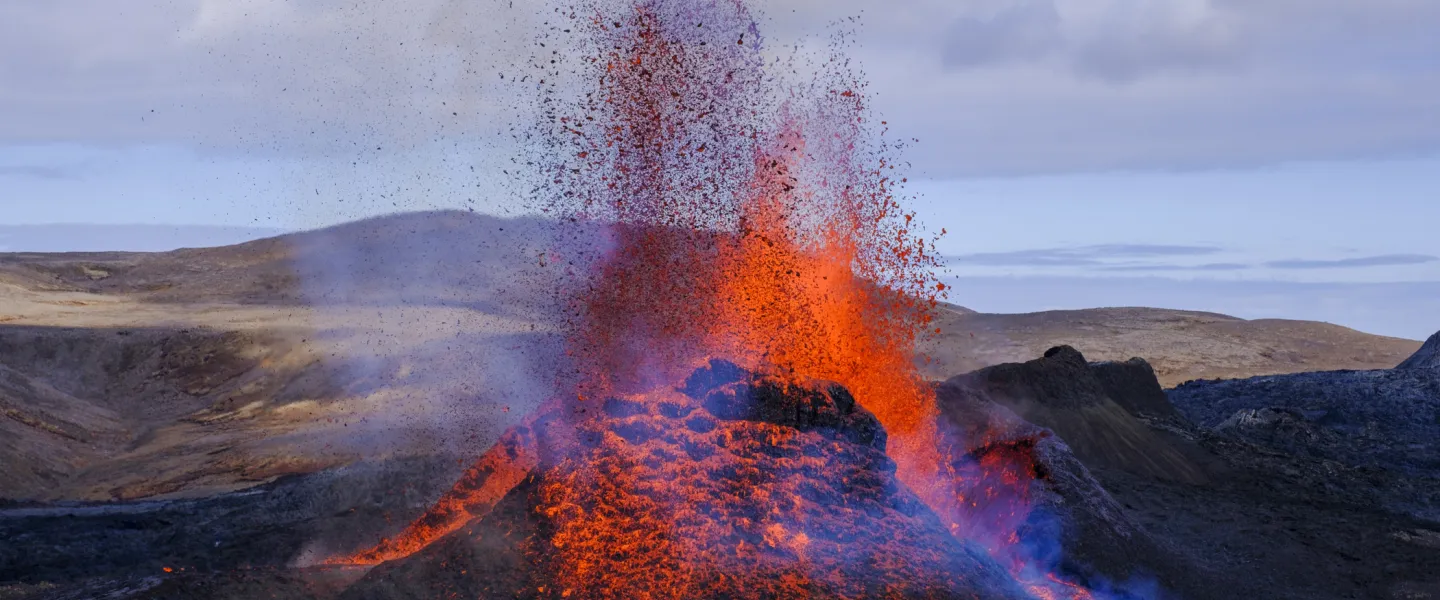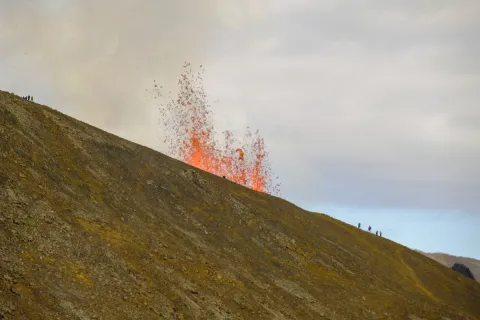
A major eruption here in Iceland or elsewhere in the Arctic region is likely to be followed by a temporary increase in storms and extreme cold events, according to models developed by a team of Icelandic and international scientists. The models were designed to help us learn more about how high-latitude sulphur-rich eruptions affect the weather and climate in the North Atlantic region. The team’s findings were recently published in the journal Atmospheric Chemistry and Physics.
Generally speaking, sulphur particles disrupt thermal atmospheric processes, which can have a wide-ranging impact on, for example, stratospheric winds and prevailing weather systems on Earth. However, there has been a lack of precise data, for example satellite data, about climatic response and the behaviour of volcanic particles following major eruptions in the Arctic region. The scientists behind the study point out that it is probably only a matter of time before such an eruption occurs, based on increased activity observed in major volcanic systems in Iceland over the past decade, e.g. at Bárðabunga, Öræfajökull, Hekla, Katla and the Reykjanes peninsula.
Climate models are an effective way to simulate the impact of an eruption
“It is important that we are prepared for the potential consequences a major eruption could have for our climate here in the North Atlantic. Climate models are very useful here, because we can use them to very precisely simulate the physics that control climate systems and how different elements interact. Models allow us to do all kinds of climate experiments using certain parameters, such as the size and length of an eruption, to conduct research while we wait for a real eruption to compare our findings with,” says Hera Guðlaugsdóttir, postdoctoral researcher at the UI Institute of Earth Sciences, who has been working on this project for the past few years and is the first author of the article in Atmospheric Chemistry and Physics.
Other members of the research team were Guðrún Magnúsdóttir, professor at the University of California Irvine, and Yannick Peings, research scientist at the same university, where Hera also studied on a Fulbright scholarship in 2022-2023. Davide Zanchettin, professor at Ca'Foscari University of Venice, also contributed to the article..

